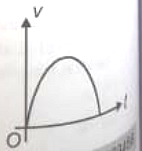A balloon starts from the ground from rest with an upward acceleration of \(2\) m/s2. After \(1\) sec, a stone is dropped from it. The time taken by the stone to strike the ground is approximately:
1.
\(0.3\) s
2.
\(0.7\) s
3.
\(1\) s
4.
\(1.4\) s
A boy throws balls into the air at a regular interval of 2 seconds. The next ball is thrown when the velocity of the first ball is zero. How high do the ball rise above his hand? [Take g = 9.8 m/ s2]
(1) 4.9 m
(2) 9.8 m
(3) 19.6 m
(4) 29.4 m
A ball projected from the ground vertically upward is at the same height at time t1 and t2. The speed of projection of ball is [Neglect the effect of air resistance]
(1)
(2)
(3)
(4)
Two balls are projected upward simultaneously with speeds of \(40\) m/s and \(60\) m/s. The relative position \((x)\) of the second ball with respect to the first ball at time \(t=5\) s will be: (neglect air resistance)
1. \(20\) m
2. \(80\) m
3. \(100\) m
4. \(120\) m
A ball is dropped from a height h above ground. Neglect the air resistance, its velocity (v) varies with its height y above the ground as
(1)
(2)
(3)
(4)
For a body moving with uniform acceleration along the straight line, the variation of its velocity (v) with position (x) is best represented by:
(1) 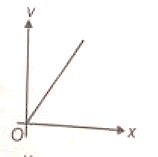
(2) 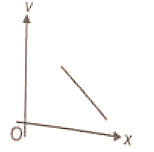
(3) 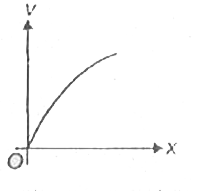
(4) 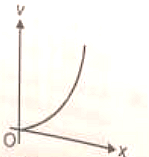
The position-time graph for a paricle moving along a straight line is shown in figure. The total distance travelled by it in time t=0 to t=10 s is
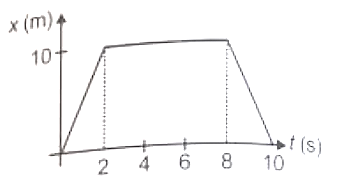
(1) Zero
(2) 10 m
(3) 20 m
(4) 80 m
The position-time graph for a body moving along the straight line between O and A is shown in During its motion between O and A, how many times the body comes to rest?
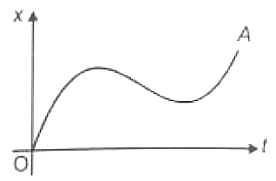
(1) Zero
(2) 1 time
(3) 2 times
(4) 3 times
Which one of the following graph for a body moving along a straight line is possible?
(1) 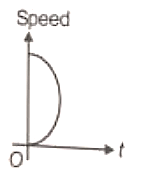
(2) 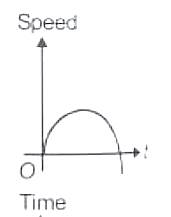
(3) 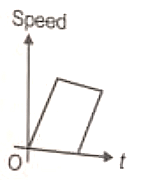
(4) 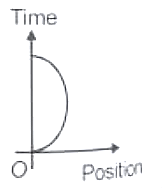
A body is projected vertically upward from ground. If we neglect the effect of air, then which one of te following is the best representation of variation of speed (v) with timw (t) ?
(1) 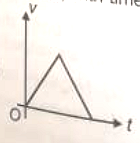
(2) 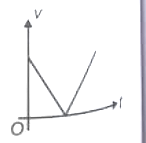
(3) 
(4) 